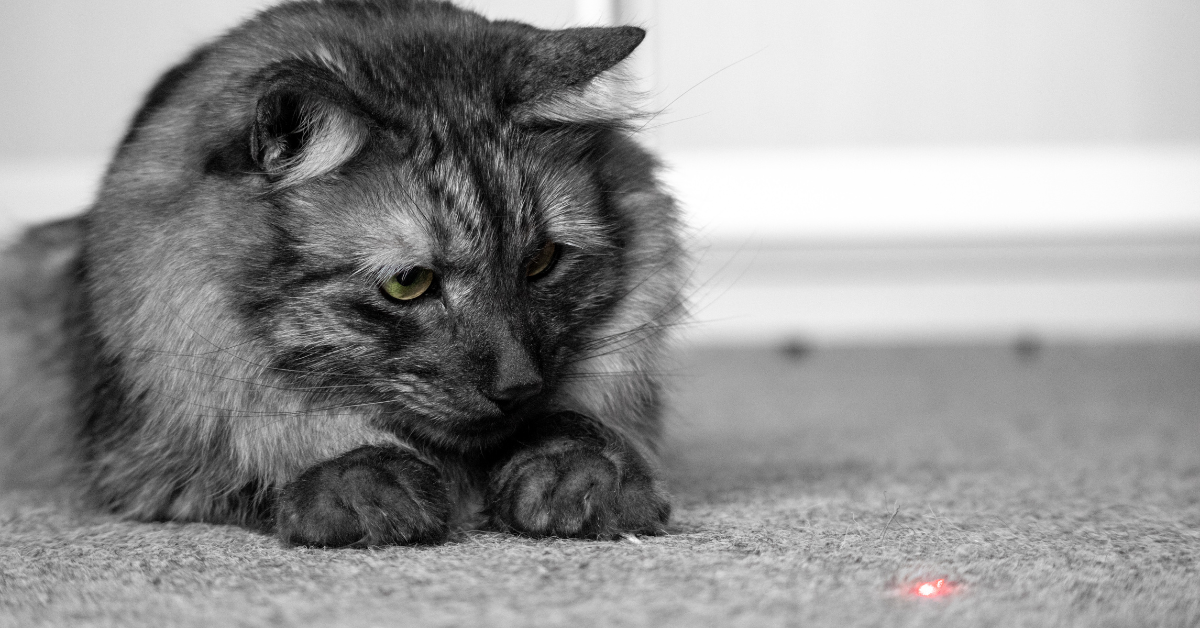
But exactly how long is the timeframe between your kitten being so small it can fit in the palm of your hand and it being a fully grown cat? Should you expect a gradual shift from kitten to cat? Or will it be like with humans, where they go from small children to getting their driver’s license in the blink of an eye?
What Age Do Cats Stop Growing?
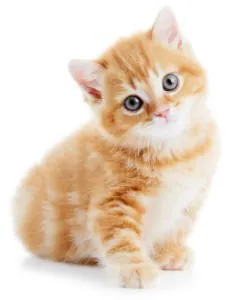
While the exact date of maturity varies slightly by breed, your little furball will likely turn from being a kitten into a cat between ten months and eighteen months old. With that in mind, you may be sitting next to a kitten as you read this and wondering: “This looks like a cat to me, and I know Whiskers isn’t older than six months! What gives?” While your kitten might have the physical characteristics of a mature cat, it’s important that we review the milestones that kittens pass as they transition from kittenhood into…. Well, cathood!
From Months Three to Six
During this pivotal time in your feline friend’s life, a lot is going to change. They’ll begin sprouting ferociously sharp baby teeth around this time. Those teeth will start to fall out, too, so make sure the “Tooth Fairy” has some small treats for your buddy. Their eyes will change color too, shifting from a precious, baby blue color to its adult color. Your kitten’s petite frame will also begin to fill out during this time, meaning they’ll start packing on muscle and the adorable baby fat adorning their belly will likely slim out.
Month Six

Month Seven
Raising your seven-month-old kitten may feel reminiscent of raising a teenager: your cat will be simultaneously excited to explore everything but oh so sleepy. As your cat works his way through his seventh month, expect him to take lots of naps. With a larger body to match their budding confidence, seven-month-old cats will also begin demonstrating how social they want to be, both with you and other animals in your household.
Months Eight and Nine

From Months Ten through Twelve
It’s between months ten through twelve that the average cat will reach their full adult heights and lengths. Additionally, your cat’s personality (while by no means paused forever) will likely conclude developing in these three months. This is also the time that your cat will likely have achieved sexual maturity, although we recommend getting your cat spayed or neutered well before this point. Perhaps most importantly, this is the period of time when your kitten will make the full transition from eating kitten food to eating regular cat food. After all, we are what we eat, right?
So, that’s it. Start to finish, nine months is about all it takes for the average kitten to evolve from a tiny fur ball into the slinky, loveable critters we know and love. Now, the above timeline is by no means a hard-and-fast schedule. How fast your cat grows (and how big they grow to be) can be affected by a variety of factors.
What Factors Affect How Fast Cats Grow?
Gender

Spaying or Neutering
It has long been a subject of discussion as to whether or not spaying or neutering your point-eared friend stymies or stunts their growth in some way. More specifically, it was believed that spayed and neutered cats grew larger than their unaltered counterparts. Studies have, in fact, borne this theory out to a degree. It can now be safely said that, so long as the procedure is performed before the cat reaches adulthood, their girth and length will be larger than their virile counterparts. This is because pediatric spaying and neutering results in a protracted fusion of a cat’s growth plates around their legs and arms, thus giving them more time to grow.
Diet
Of all the items on this list, this is by far the most important.
Once a kitten is weaned off milk at around two months old, they become solely reliant on their owners for nutrition. With such a heavy weight placed on your shoulders, it’s necessary to keep in mind the goals of proper kitten nutrition.
A proper diet ensures that your purry pal grows at just the right rate – not too fast, not too slowly. You want to avoid a diet that precipitates maximal growth at all costs, as this can lead to feline obesity. While the type of food you feed your kitten is undoubtedly important, you should also consider how much food you’re feeding them and how often you’re doing it.

Some veterinarians even recommend a practice known as “free-feeding” for kittens who are between three and six months old. Free-feeding is exactly what it sounds like: you leave food out for kittens to eat throughout the day. Regardless of whether you choose a meal-based schedule or a free-feeding style, you should be weighing your cat every week at this stage of life and consulting with your veterinarian about whether or not adjusting their food intake is necessary to maintain a healthy weight.
From months six through twelve, your cat should be eating twice per day at roughly the same time each day (cats purr-fer a routine). During this period, follow recommendations from food labels and your veterinarian to determine the amount you should feed them.
However, be warned that these dietary guidelines change drastically if you neuter or spay your kitten. In general, it’s believed that removing a cat’s reproductive tract can reduce their daily caloric needs by up to 30%. The reasons for this are still being studied, but two theories have gained prominence. The first is that the process of neutering and spaying lowers a cat’s activity levels so substantially that they need to take in less food in order to account for the lack of additional calories being burned. The second is that the process of spaying and neutering alters the hormones in a cat’s bodies responsible for regulating their metabolism. Regardless of the reason why, the science is clear: if you spay or neuter your cat, give them less food during each feeding.
Now that we’ve discussed the questions of “How much?” and “How often?”, we can begin talking about the components of a proper diet for growing kittens. When crafting a diet for your kitten, there are three main nutritional components that you have to solve for: fat, protein, and calcium.
One thing to note is that, unlike dogs and humans, cats are obligate carnivores. As such, they have much higher minimum protein requirements than dogs (33g versus 21g per 100g of dry matter). That’s why kittens require that at minimum 35% and up to 50% of their dry food be composed of protein, with at least 9% of dry food coming from an animal source. The necessary amount may be higher when the kitten is weaning off milk, but, rest assured that the amount of protein they’ll need will decrease as they continue aging.
While we might try to avoid foods that are rich in fat, kittens actually need a fair bit of fat in their diet. Fats are loaded with essential fatty acids and fat-soluble vitamins that are crucial for your cat to be in good health. Generally speaking, the fat content of your kitten’s food should be between 18% and 35% on a dry matter basis.
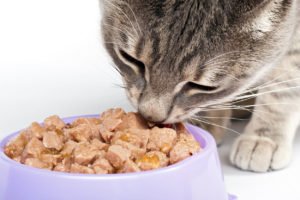
In order to guarantee that your kitten gets all of these essential nutrients, we recommend following the advice of most veterinarians and getting your kitten specially formulated kitten food. More specifically, we recommend following the advice of Mindy Bough, Senior Director of Client Services for the Midwest Office of the ASPCA, stating “Don’t go with generic or store brands. Buy from a reputable company. Research has shown these kitten foods provide excellent health.”
A quality kitten food, Bough says, will have a label that specifies that it meets the nutritional requirements for kittens as established by the American Association of Feed Controls. Better yet, look out for the “Complete and balanced nutrition” label; this label signifies that any kitten eating this food will need no mineral or vitamin supplementation in order to grow healthily.
So, let’s say it’s been a year since you picked up Ole Whiskers. Well, she’s now a year old, so, it’s probably Young Whiskers. Regardless, let’s say it’s been a year and you still have moments where you can swear she looks like she’s getting bigger. How exactly are you supposed to tell when she’s done growing?
How to Tell When Your Cat is Finished Growing

Just measure their length and take their weight every month for three to six months after they hit one year old. At some point, the ever-minutely-increasing measurements are likely to stop. Once they do, you’ll know for sure that you’ve got one whole cat in front of you!
We understand the want to monitor your cat’s development and check up on them constantly. So, when we check on our fur babies and find that they’re developing a skin infection or a yeast infection, we reach for Banixx Pet Care! This antimicrobial spray provides instant sting-free, odorless relief from a variety of fungal and bacterial maladies, all without relying on steroids or antibiotics. Just identify the afflicted area, apply Banixx a few times per day, and wait for your pet’s symptoms to begin waning. Relief really can be that simple.
Almost as simple as we make learning about how to keep your pet happy and healthy! We hope you found this article helpful and if your cat ever gets any cuts, abrasions, ear infections or ringworm, we hope you keep Banixx Pet Care in mind.
Sources
- https://pets.thenest.com/kitten-considered-fully-grown-4251.html
- https://animalpath.org/how-long-until-maine-coon-is-full-grown/
- https://www.thesprucepets.com/kitten-development-from-3-to-6-months-4584604
- https://petskb.com/when-do-cats-stop-growing/
- https://www.thesprucepets.com/your-kittens-first-year-552271
- https://pets.thenest.com/male-cats-grow-bigger-10587.html
- https://be.chewy.com/switch-kitten-food/
- https://vcahospitals.com/know-your-pet/feeding-growing-kittens
- https://www.theveterinarynurse.com/review/article/nutrition-for-kittens
- https://www.catster.com/lifestyle/cat-health-bust-6-myths-pediatric-early-spay-neuter-cats
- https://vcahospitals.com/know-your-pet/feeding-growing-kittens
- https://fediaf.org/self-regulation/nutrition.html
- https://pets.webmd.com/cats/guide/feeding-your-kitten-food-and-treats
- https://www.healthypawspetinsurance.com/blog/2019/11/12/when-do-cats-stop-growing-reliable-ways-to-know-when-cats-reach-their-full-size
Share this Post
Featured Post
Recent Posts
Lipomas….mysterious Lumps & Bumps on your pup…When should I worry? What should I do about them?
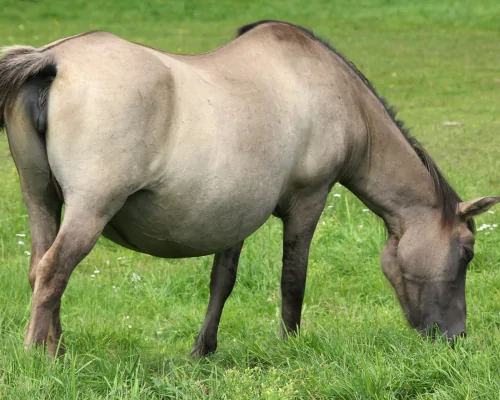
Managing the Mamas –Part 2 –The development process
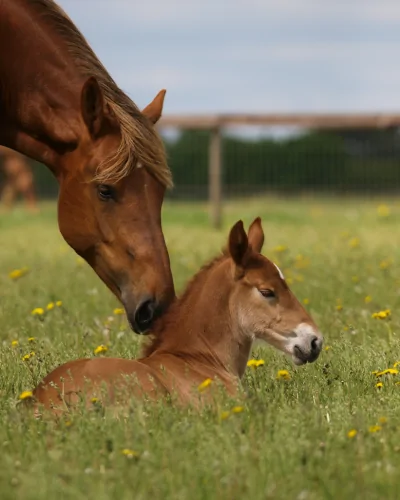
Managing the Mamas: Part 1 – Preparing to Breed Your Mare

HOW MANY TOES?? Caring for the Polydactyl Cat
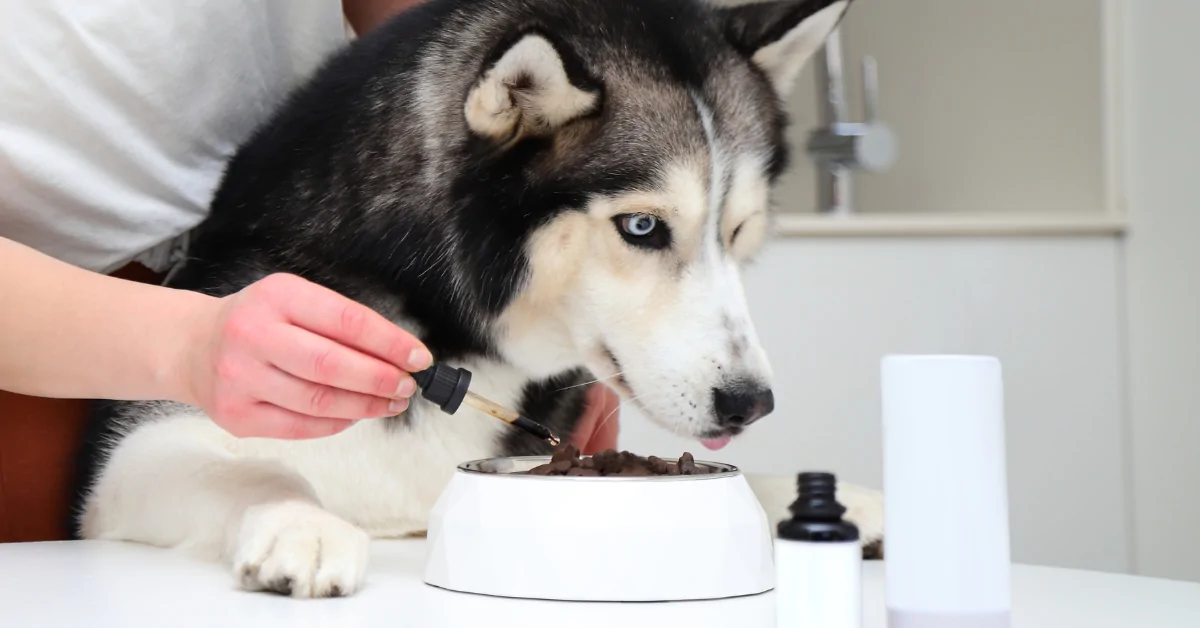
Do Dog Joint Supplements Actually Work?
